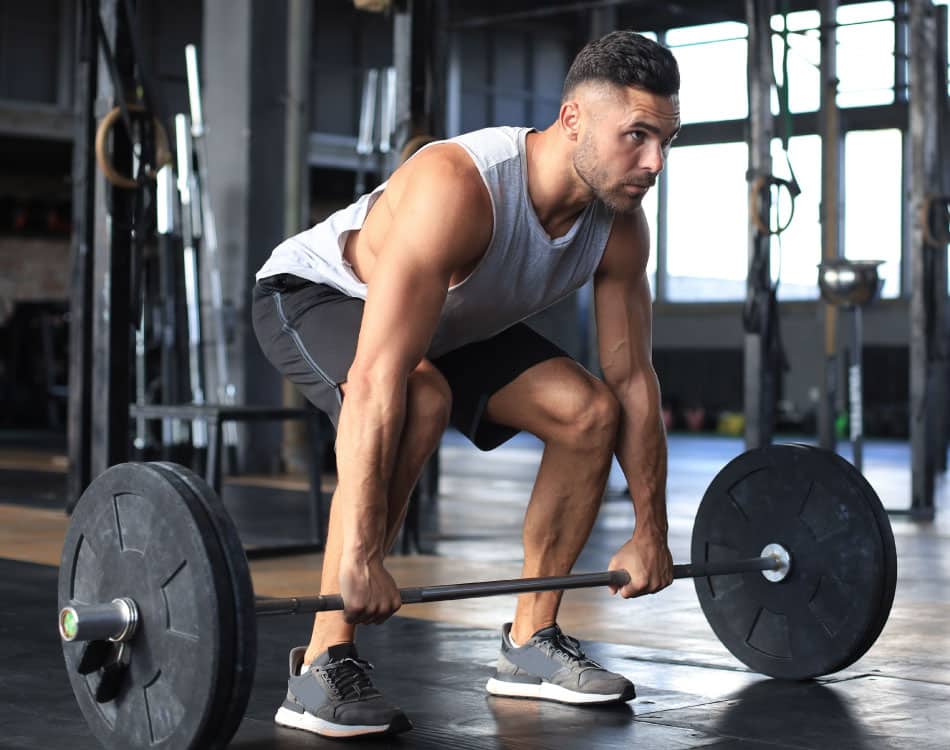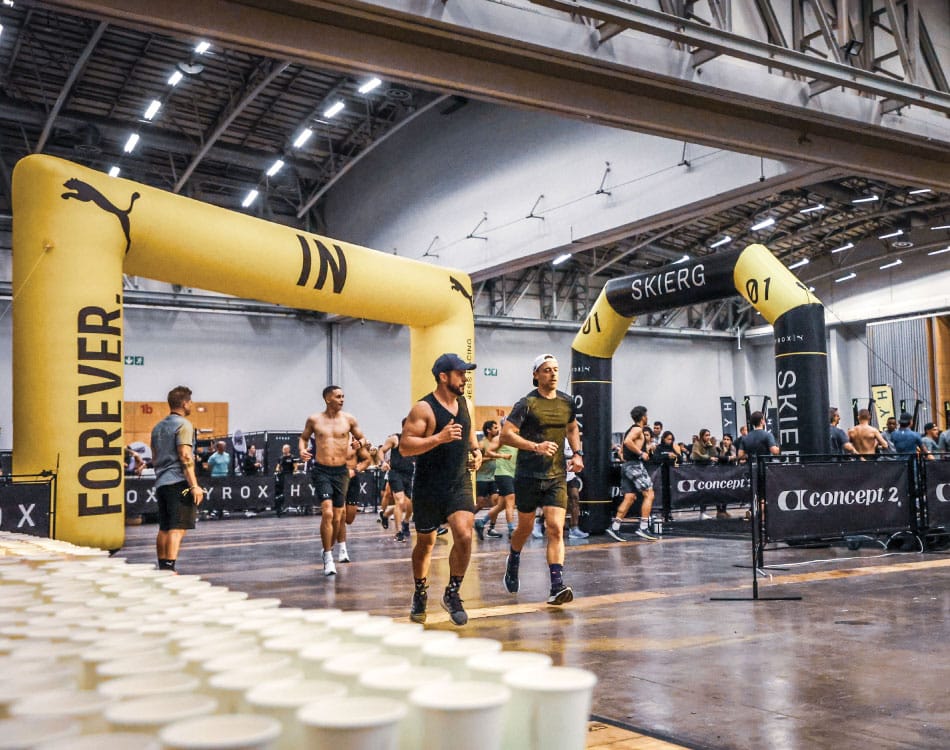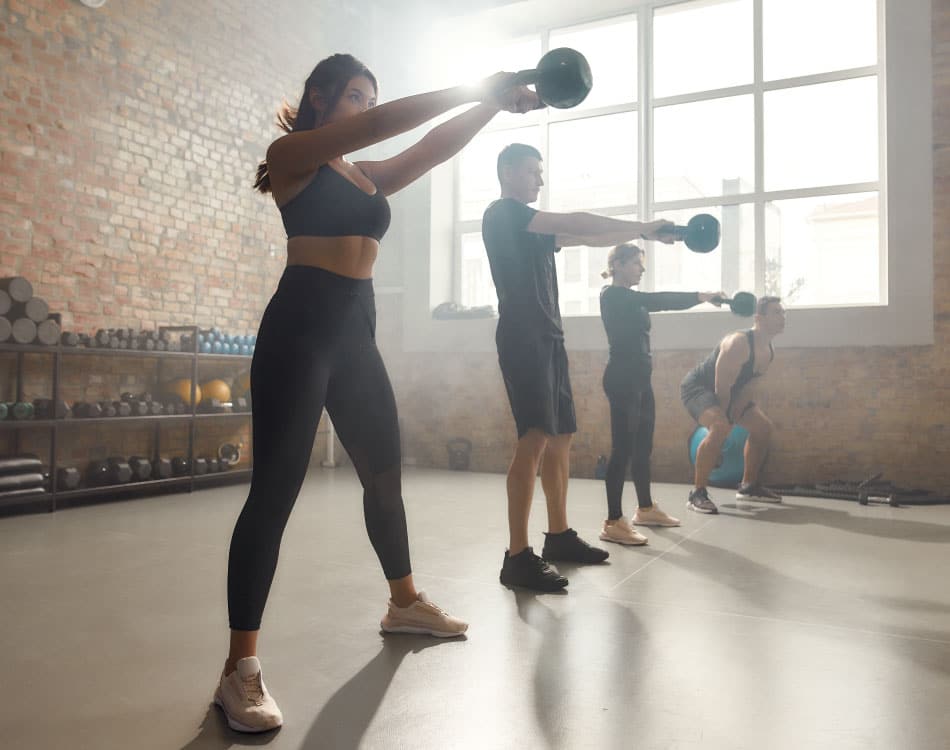Conventional weight training guidelines suggest that we need heavy weights to make gains in size and strength.
However, a growing body of research has brought into question the need to constantly move heavy loads to build the most muscle or progress in the strength department.
Light weights, big impact
Research on the subject of light-load training has helped to dispel the myth that the best stimulus for muscle gain is short, intense fibre-tearing sets using heavy weights.
It seems that lifting to near or absolute failure using light weights, which to this point has mainly been used to deliver a ‘muscle pump’ or to aid conditioning rather than promote muscle gain, can be just as effective as the conventional six to 12 rep structure of conventional sets.
The main reason for this is that lifting to failure and doing so more often targets the type-I slow-twitch muscle fibres that physique-conscious individuals tend to neglect as they are considered central to improved endurance, rather than size. However, in doing so it seems we’re short-changing our muscle-building potential.
To date, studies that focused on the hypertrophic (muscle-building) capacity of type-I fibres were few and far between, but more recent research has uncovered truths about the growth rates of different muscle fibre types in response to various training intensities.
The results specifically show that type-I fibres offer a reserve of untapped muscle-growth potential, we can only tap this potential with a shift in our approach to conventional weight training.
Try these moves to pack on serious mass.
Load not as important
One important study in this regard was published in the Journal of Applied Physiology. Researchers from McMaster University, led by Stuart Phillips and Robert Morton, looked at the effects of training to repetition failure and determined that load had no effect on hypertrophy or strength among experienced lifters.
During the 12-week study, one group of participants lifted heavy weights (75-90% of 1RM), while the other used light loads (30-50% of 1RM).
By the end of the study both groups had substantially increased their strength and muscle mass, but there were no differences between groups, suggesting that training load had little effect on gains.
Additional scientific support
Additional studies emerged in 2016 that support this stance, both involving American hypertrophy researcher and fitness expert, Brad Schoenfeld, Ph.D.
In one of his studies, published in the Journal of Strength and Conditioning Research, Schoenfeld and his colleagues found that over an eight-week period, participants who performed exercises using less than 60% of their 1RM to failure experienced muscle gains equivalent to those who lifted heavier weights.
Following that study, Schoenfeld, together with Bret Contreras, Andrew Vigotsky and Mark Peterson, released their study findings in the Journal of Sports Science and Medicine, which provided evidence that: “training in different loading zones elicit differential muscular adaptations in resistance-trained men when an equal number of sets are performed. Although the mechanisms remain undetermined, we can infer that strength related adaptations are maximized by training closer to one’s 1RM. Alternatively, increases in muscle size seem to be driven more by higher training volumes, at least up to a certain threshold. It is conceivable that combining loading strategies may have a synergistic effect on strength and hypertrophic improvements. This hypothesis warrants further investigation.”
Struggling to add size? Follow these 15 muscle-building tips that work!
Findings reaffirmed
More recently, researchers from the University of Lincoln School of Sport and Exercise Science department in the UK compared the effects of differing loads lifted by two groups over six weeks.
One group trained using a traditional one-rep max method and the other using a load velocity profile that varied how much they lifted at each session based on their performance that day – if the participant moved the same load at a faster velocity, the researchers increased the weight. However, if their tempo was slower, they reduced the load.
Those who followed the load velocity approach increased their strength despite lifting less overall during the six-week study period.
Lead researcher Dr Harry Dorrell commented that: “The velocity-based training enabled us to see if they were up or down on their normal performance and thus adjust the load accordingly. It’s about making sure the athlete is lifting the optimal load for them, on that particular day. If you lift too little then you won’t stimulate the body as you intend to; but if you lift too much you’ll be fatigued, which increases the risk of injury.”
Combined approach best
What we know is that type-I muscle fibres are maximally stimulated during longer duration sets that incorporate lower loads (less than 50% of 1RM) and that type-II fibres respond better to short sets where heavy weights (greater than 50% of 1RM) are used.
However, these research findings suggest that fibre-type-specific hypertrophy – a combination of both approaches – will yield the best adaptive results when it comes to building the most muscle.
According to Schoenfeld, lifting to near failure is the real key to inducing a muscle-building response, regardless of how much weight you use. Taking this evidence into account, it seems reasonable to conclude that differing training intensities can produce comparable degrees of hypertrophy across both muscle fibre types.
Accordingly, to maximise muscle and strength gains, work across the load spectrum using a range of reps, but always aim to work to near failure with each set.















